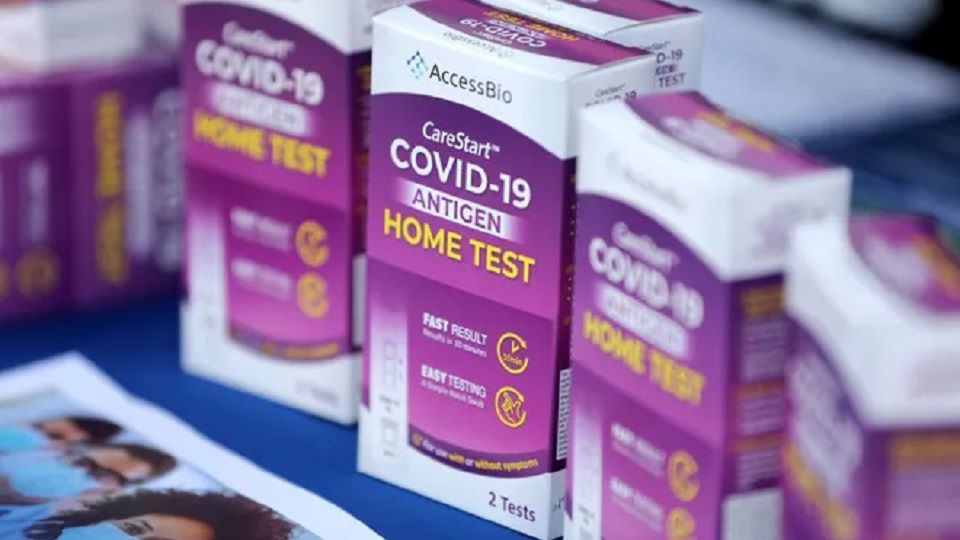ST. LOUIS – COVID cases around St. Louis are five times higher than 6 weeks ago but doctors with the St. Louis Metropolitan Pandemic Task Force say it is not the magnitude of cases they saw earlier this year.
“We are still in a better place than in times in the past,” explained Dr. Garza.
The 7-day moving average for hospitalizations at the Task Force hospitals is 124. The rising cases and hospitalizations are part of a national trend. Garza says cases are up 50% across the country in the last two weeks and hospitalizations are up 30%.
Dr. Alex Garza, SSM’s chief community health officer and member of the Task Force, says the numbers are likely higher since so many positive cases are being detected with at-home tests and not being reported to local health officials, or some are just not being tested at all.
He said there is also likely the chance that cases are being spread without people knowing it.
“We are expecting a less severe surge with fewer hospitalizations overall and hopefully fewer deaths,” said Dr. Clay Dungan, BJC HealthCare’s chief clinical officer and also a member of the Task Force.
He broke down some of the numbers, saying the test positivity rate is 15.8% and said the medical community gets worried when the number is above 10%.
Dr. Dungan also explained that hospitals are seeing a slow rise in COVID patients, and while it is not as bad as January and February, the number is still climbing without bending. He also said hospitalizations usually lag behind cases so that number is expected to rise before it starts coming down.
When it comes to the return of mandates to the area, Dr. Garza said that is unlikely due to the high level of vaccination and immunity in the region. Before this latest rise in numbers, the St. Louis County Executive said the situation had to become much more dire before talking about the return of mandates.
“We are going to have to learn how to live and dance with the virus,” explained Dr. Garza about dealing with the ups and downs of the virus in the future.
The Task Force says there are some proactive steps you can consider when trying to navigate COVID in the community:
- Consider your personal risk
- Get vaccinated
- Get booted if eligible
- Wear a mask in high-risk circulation areas
- Stay home if you are sick or have symptoms
- Talk to a doctor about anti-viral medicines



